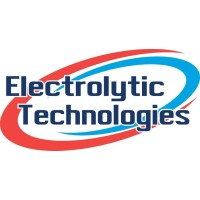
Neptronic
Founded in 1976, Neptronic is a private corporation that designs, manufactures and distributes products for the HVAC industry. Our product line includes HVAC controls, electric actuators, actuated valves, humidifiers and electric heaters. Made in Canada: Our products are designed and manufactured by over 250 dedicated employees in our 9,000 m2 (97,000 ft2) state-of-the-art facility located in Montreal, Canada. Using a vertical integration model, our entire manufacturing chain is under one roof. Around the World: With our continued commitment to research and development, we provide innovative products and technologies for the ever-evolving challenges of the HVAC industry. Exporting over 80% of our sales, we have an exclusive distribution network around the globe that provides comprehensive solutions to our worldwide customers. Fondée en 1976, Neptronic est une société privée qui conçoit, fabrique et distribue des produits pour l'industrie du CVAC. Notre ligne de produits inclut des contrôles intelligents, servomoteurs électroniques, vannes motorisées, humidificateurs et serpentins électriques. Fait au Canada: Nos produits sont conçus et fabriqués par plus de 250 employés dévoués dans notre usine moderne de 9,000 m² (97,000 pi2), située à Montréal, Canada. Utilisant un modèle d'intégration verticale, l'intégralité de notre chaîne de production est sous le même toit. Autour du monde: Grâce à notre engagement continu en recherche et développement, nous fournissons des produits innovateurs afin de satisfaire les besoins changeants de l'industrie CVAC. Nous sommes certifié ISO 9001:2015 et engagé à fournir des produits fiables et un service de qualité supérieure dans le monde entier. Nous exportons 80% de nosventes à travers notre réseau de distributeurs exclusives autour du monde qui fournit des solutions complètes à nos clients dans tous les pays.






